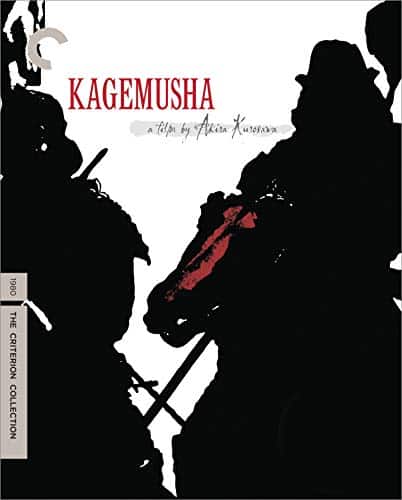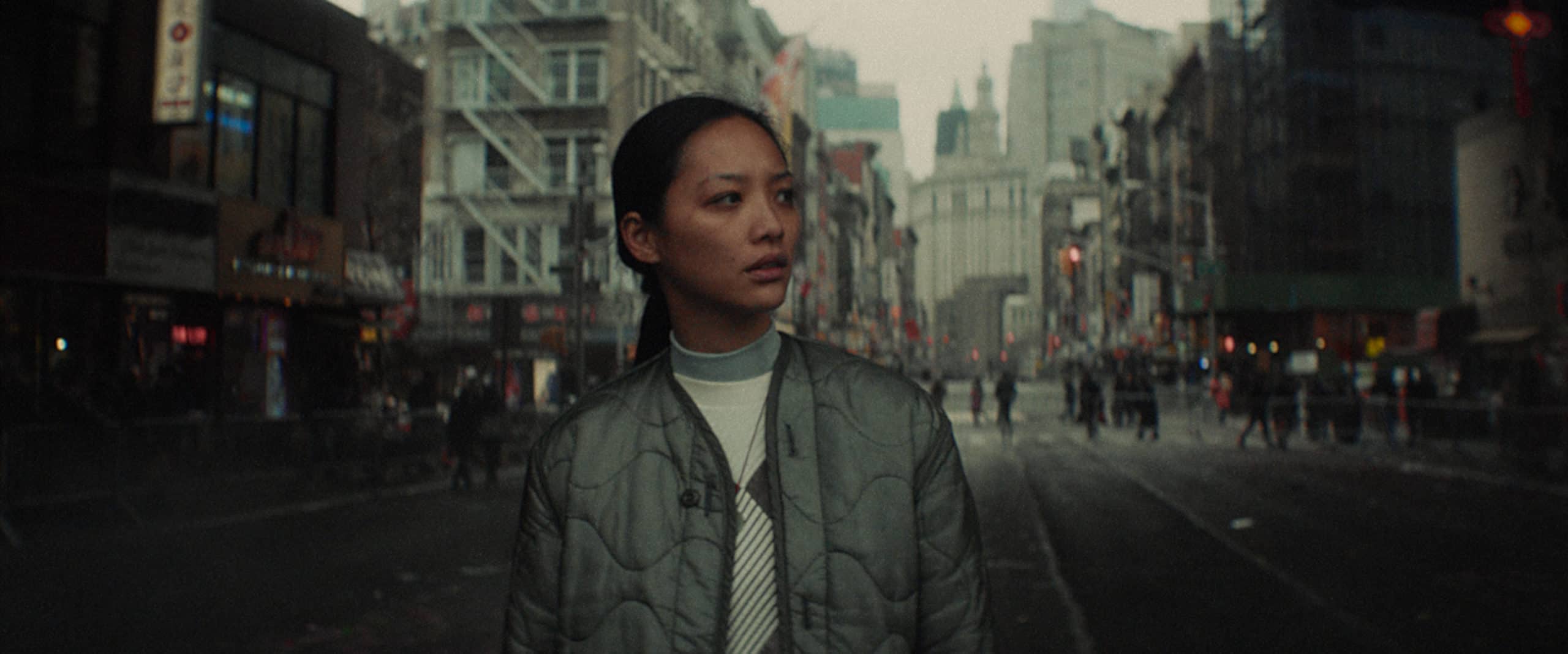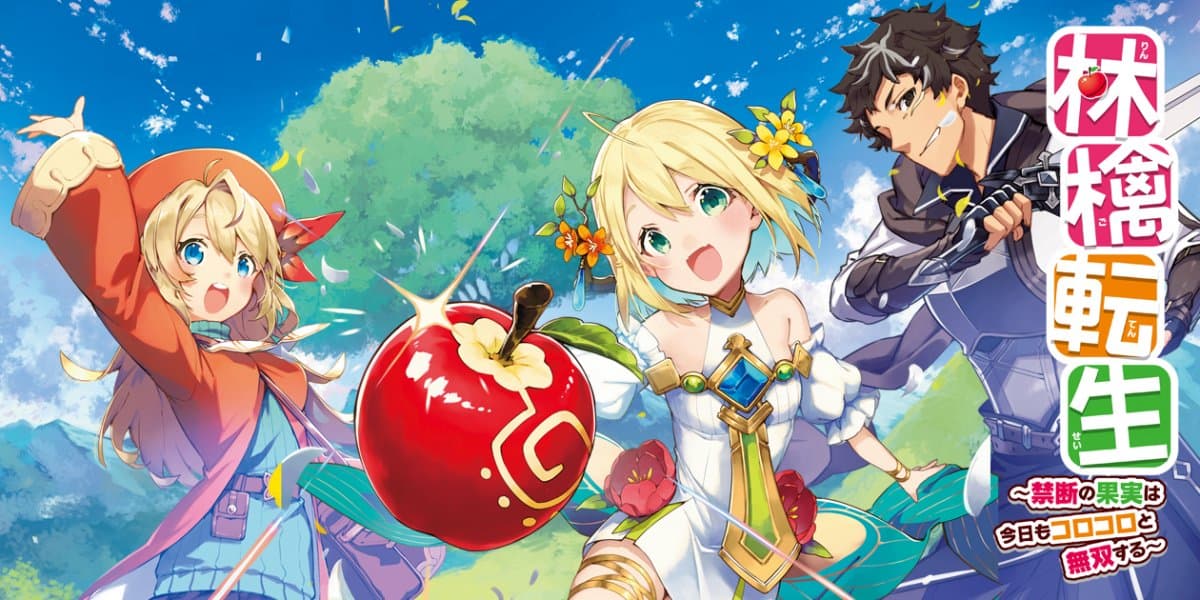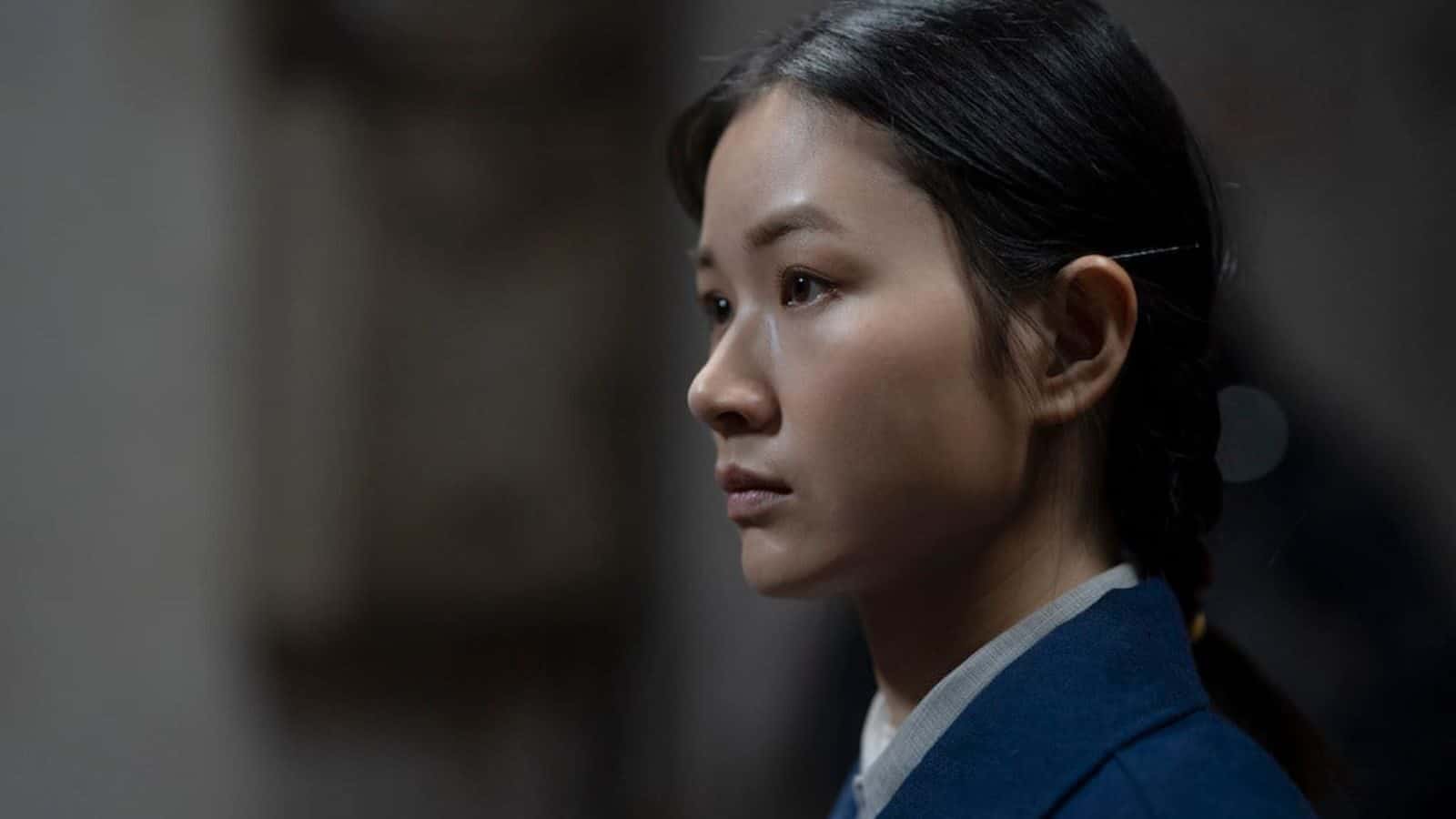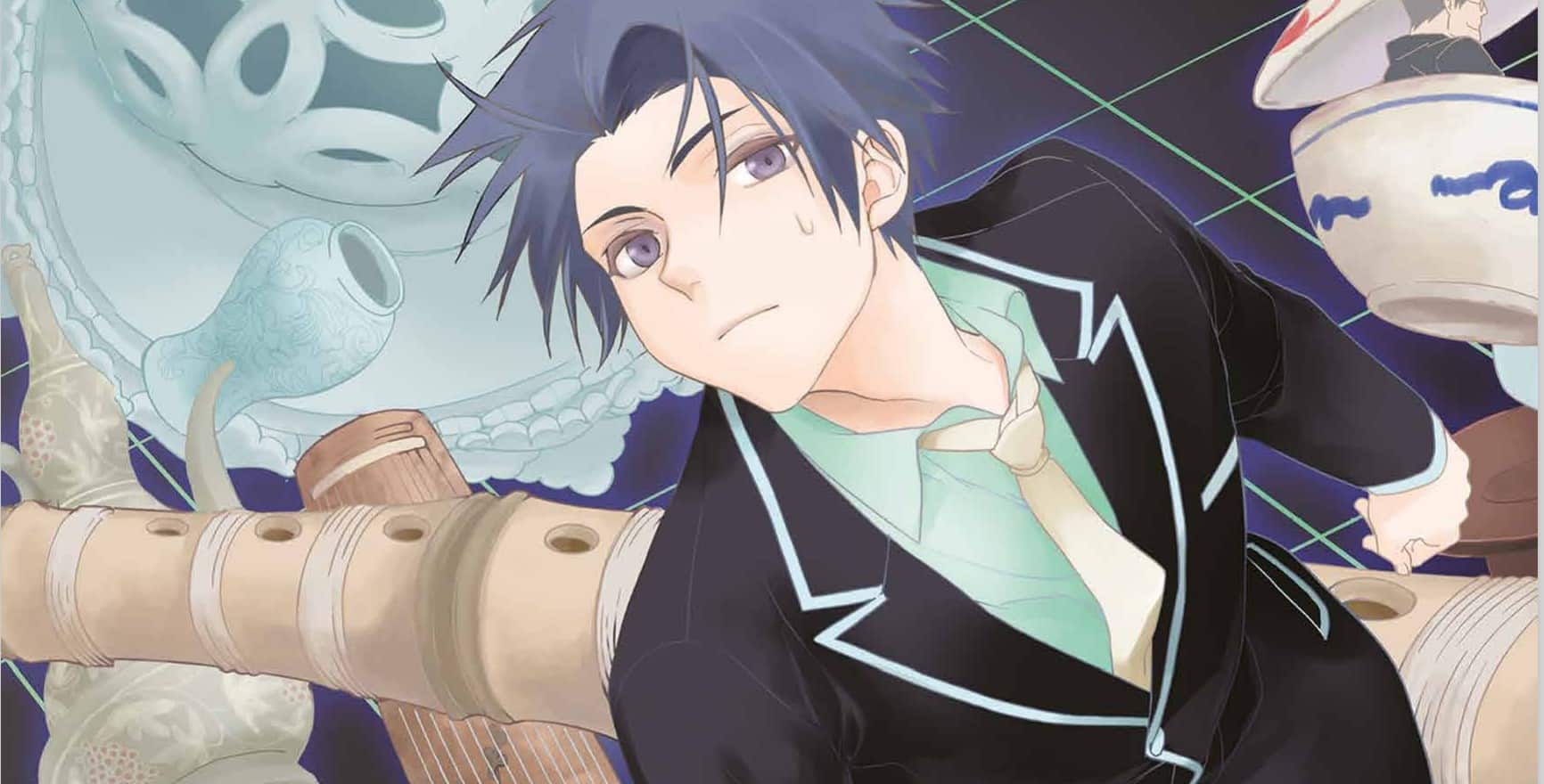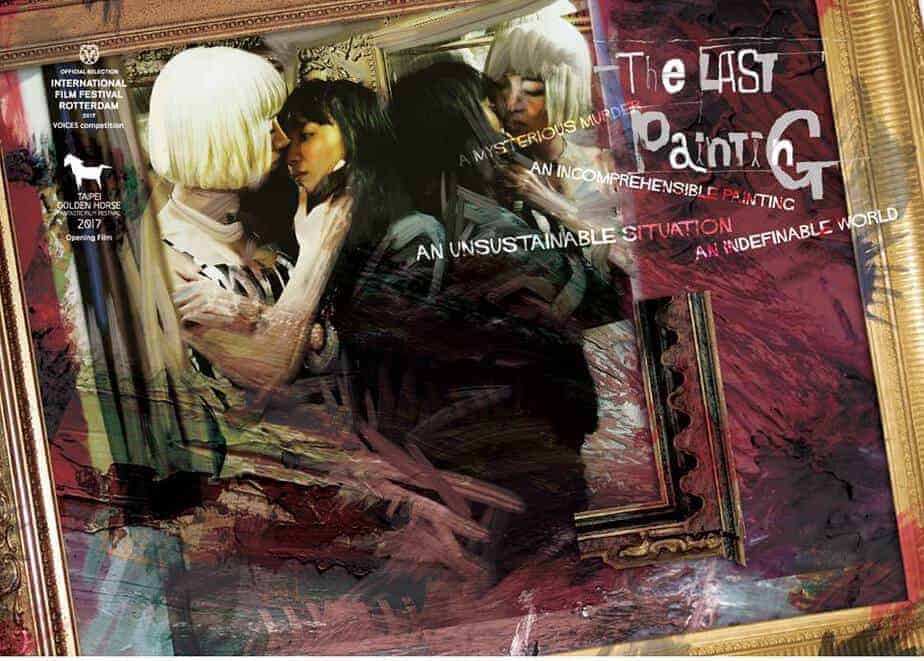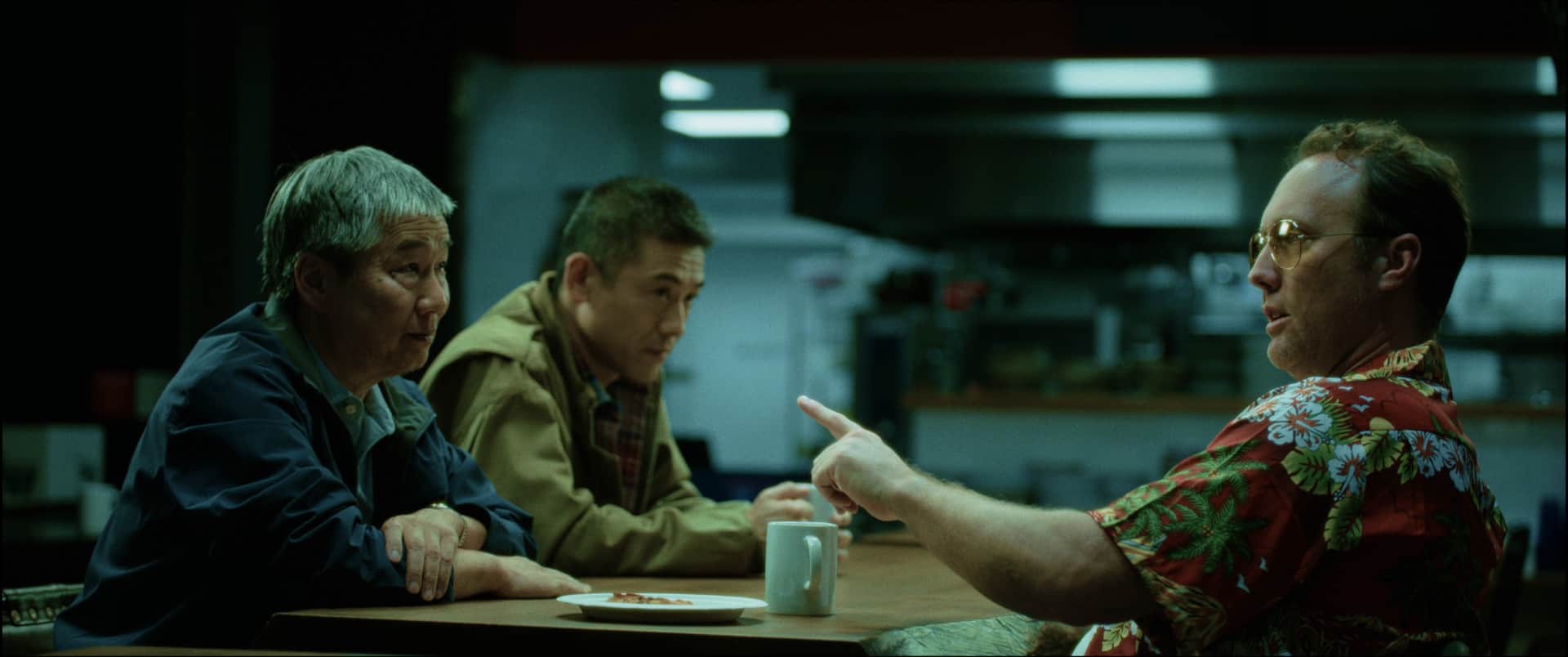“Kagemusha” is one of the best films Akira Kurosawa ever shot and is considered one of the definite masterpieces of world cinema. However, its production was one of the most difficult accomplishments in the master's filmography. Initially, the film was not considered financially viable, and it took the influence of both George Lucas and Francis Ford Coppola to get additional funds for it to be completed, since Toho, the initial production company, had given up on the film. However, the problems continued during the shooting, with probably the most significant being that Kurosawa had to replace Shintaro Katsu, who was originally cast as Takeda Shingen, with Tatsuya Nakadai, after the two of them had a falling out. The production faced many additional problems, but Kurosawa eventually managed to complete the movie, with its premiere taking place in Tokyo. His struggles, however, paid off, since “Kagemusha” was a huge hit both critically and financially.
The film won the Palme d'Or at the 1980 Cannes Film Festival, was nominated for two Oscars, and won a BAFTA for direction and one for costume design, among a plethora of other awards from festivals all over the world. Its success allowed Kurosawa to shoot “Ran”. Today, “Kagemusha” holds a place among the best films of all time.
Buy This Title
on Amazon
Please note that the article contains many spoilers.
The story begins in 16th century Japan, when civil war tormented the country throughout. Four clans seems to be the strongest, with one of them headed by Takeda Shingen. However, Shingen is shot during a siege. In order to keep his death hidden, the lord, his brother Nobukado, and his most trusted generals, agree to let a thief who's sentenced to death impersonate him in order to keep morale high, since he looks just like their lord. This crook had been arrested some time ago, but he avoided the death sentence due to his uncanny semblance with the leader of the clan. Takeda and his brother had decided instead to keep him hidden in the castle.
The thief initially plays his role to perfection by just being present, without making any decision or incentive. However, as the Takeda clan wins a very important battle, the Kagemusha (‘body double' in Japanese) becomes more important and has to lead his clan. Furthermore, as time passes, he starts resembling the deceased more and more.
The script was structured on two axes, both of which excited the Japanese master. The first one was the notion of multiple identities and the concept that rulers displayed different aspects of their personalities according to the circumstances. The second was Shakespeare, whose adaptations have brought him considerable success over the years, and particularly “King Lear”, who served as the base for “Kagemusha”. In that fashion, the somewhat simplistic story of a crook impersonating a great warlord becomes an allegory about human ambition and nature in general, through Kurosawa's slow but very careful structure and the concept of the Lord (Shingen), the puppet (Kagemusha), the puppet master (Nobukado), and the ambitious and frustrated third wheel (Katsuyori, Nobukado's son). Upon this base, the script is split in three acts, with the first one dealing with Shingen and the introduction of the puppet, the second about Kagemusha becoming Shingen, and the third about the puppet's demise and the final battle.
Despite Shintaro Katsu's withdrawal from the film and his subsequent replacement by Tatsuya Nakadai, the latter managed to do more than just fill the shoes of his predecessor. His portrayal of a double role is truly magnificent, despite the radically different natures of the two characters. Nakadai succeeds in portraying both the majestic Shingen and Kagemusha's transformations in the most elaborate fashion. In particular, the portrayal of Kagemusha, a truly tragic character whose every deed is credited to Shingen and every fault to him, is impervious.
Tsutomu Yamazaki is equally great as Nobukado, a man who has the double burden of running everything and pretending Shingen is still alive. His performance is both subtle and captivating, and his chemistry with Nakadai perfect, as he acts as Shingen's and subsequently the film's moral conscience. Kenichi Hagiwara is also very competent as Katsuyori, Nobukado's son, who could not stray further away from his father's personality, as he is overly ambitious, greedy, and reckless in his pursuit for power.
The secondary roles are also great, with Daisuke Ryu presenting a perverse Nobunaga and Masayuki Yui a majestic Ieyasu. From the rest of the many competent performances, the ones that stand out is Hideji Otaki as Yamagata, Shingen's most important general who does not shy away from criticizing him, and Hideo Murota, who plays another general, Nobuharu Baba.
Kurosawa had actually started his career as a painter before becoming a filmmaker. During the four years he waited for funding in order to complete “Kagemusha”, he turned once more to this medium and came up with a number of paintings, entailing his thoughts about the film. These paintings were the base for the visuals of the film. Furthermore, as time passed and the funding was nowhere to be found, his images became darker in color and more complex. This tendency becomes apparent in the structure of the film, which starts as a fable but eventually becomes a complex story about the human psyche, and in its visual composition, where it becomes obvious that each scene is meticulously portrayed according to Kurosawa's thoughts.
In that fashion, cinematographers Takao Saito and Masaharu Ueda did a wonderful job in the film's photography, which represents both Kurosawa's older style and the one he adopted from “Kagemusha” and onward. The long lenses, the long takes, and the multiple cameras are still here, but the camera movement is not as frequent as his previous films, with the majority of the scenes featuring shots where the camera simply pans around, portraying each scene through a distance. This tactic might have resulted from Kurosawa's age, who, in his 70s, could not move as much anymore.
The artistry, however, is once more evident in the exterior shots, where the sunlight is depicted to perfection, while the interior ones manage to convey the meaningfulness of the meetings, with the introductory one being the perfect example, as you will read in the next entry. Lastly, Seiichiro Hagakusawa did a great job with the costumes, portraying all the people in the film realistically and with extreme artistry, from the shoguns to the concubines, from the ceremonial clothes to the warrior's armors.



